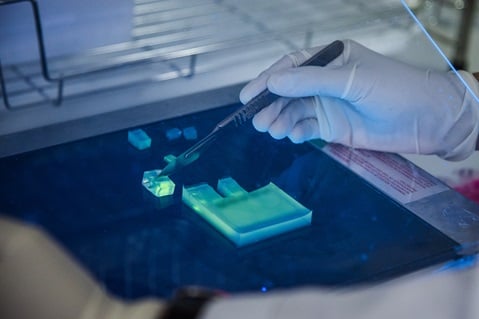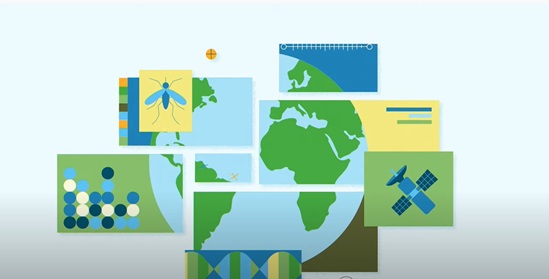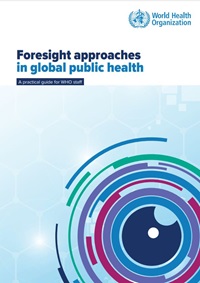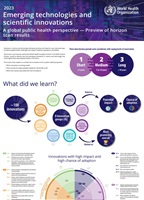WHO Foresight: Monitoring emerging technologies and building futures-thinking
Advances in science and technology hold great promise and hope for new and improved ways to address global health and support healthier populations worldwide. They have an undisputed role in working towards WHO’s 13th General Programme of Work to achieve the triple billion targets.
WHO strives to remain abreast of the latest developments in relevant areas of research, science, and technology to proactively identify, anticipate, and prepare for issues that hold great potential for global health.
In 2020, the WHO Science Division established a Global Health Foresight function to assist Member States to engage in building futures-thinking and horizon-scanning into their strategic health planning frameworks so they can both better anticipate and prepare for a changing world and accelerate the gains from emerging technologies to address these changes.






